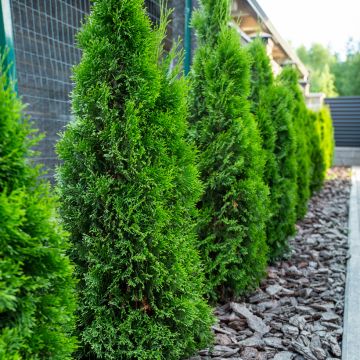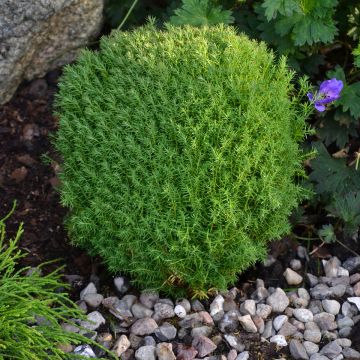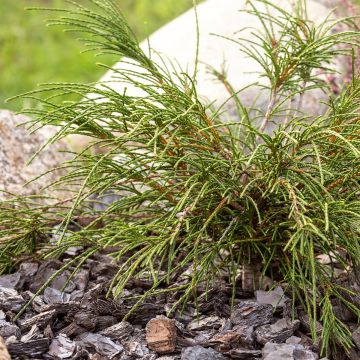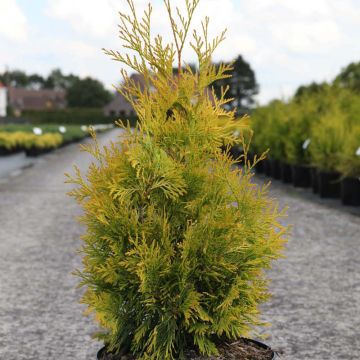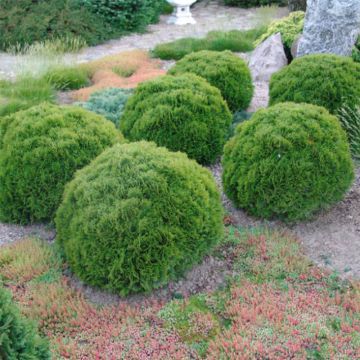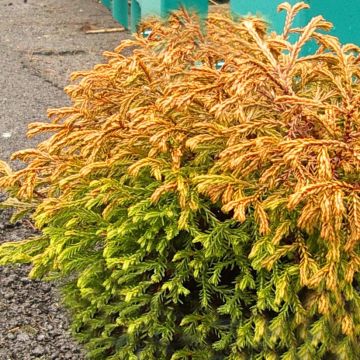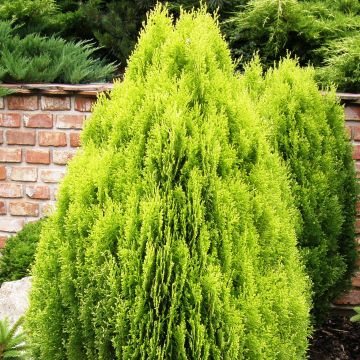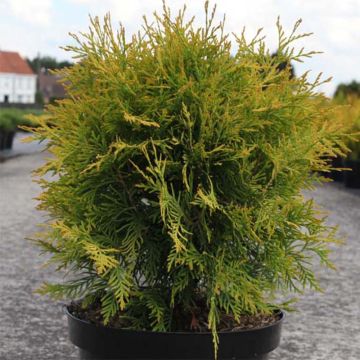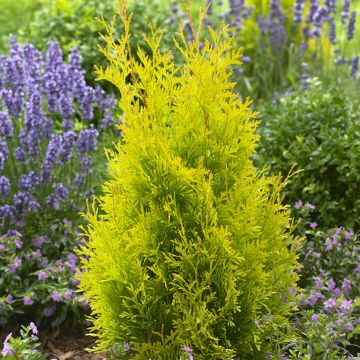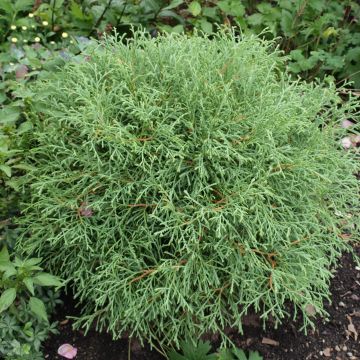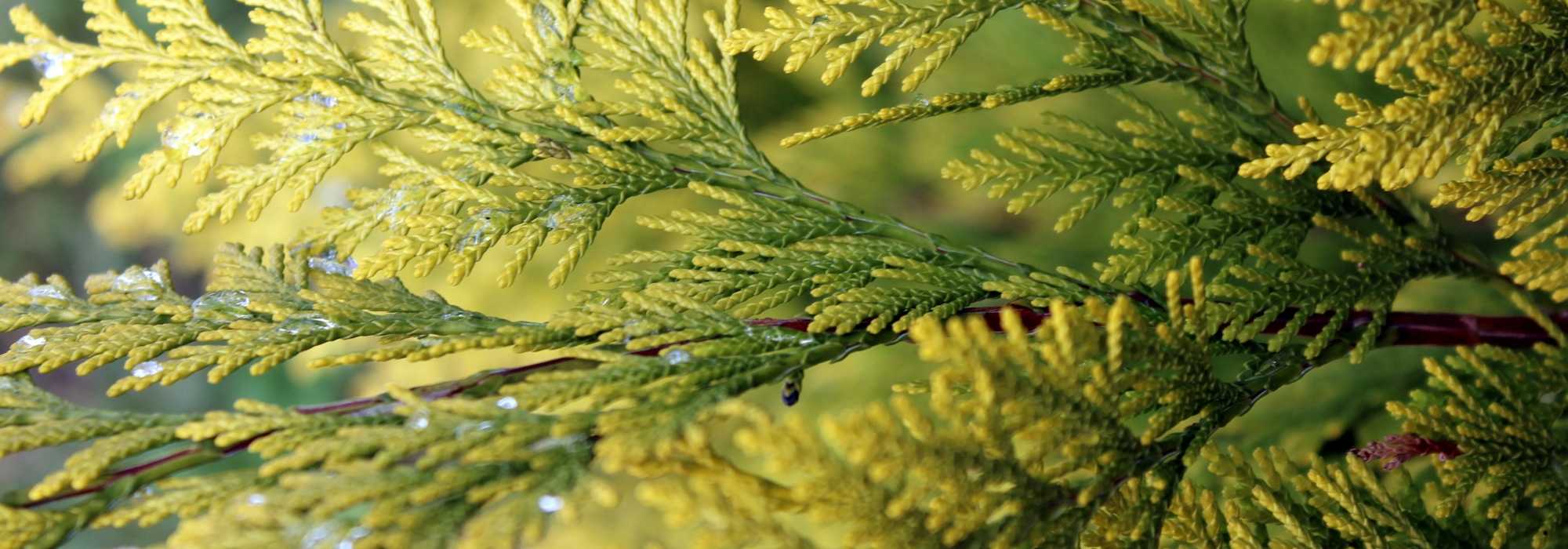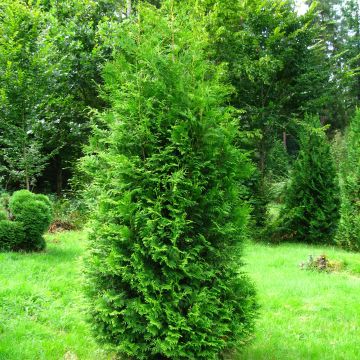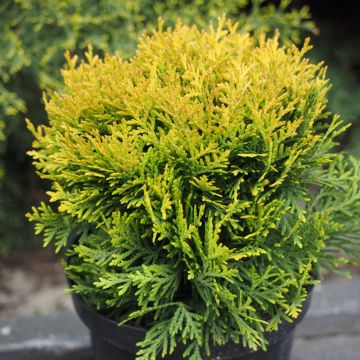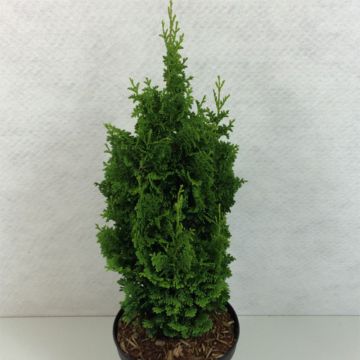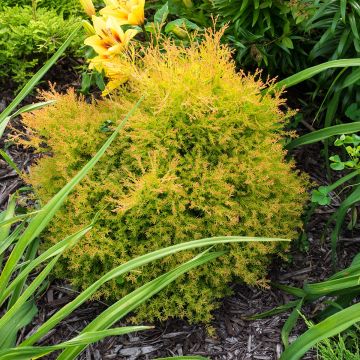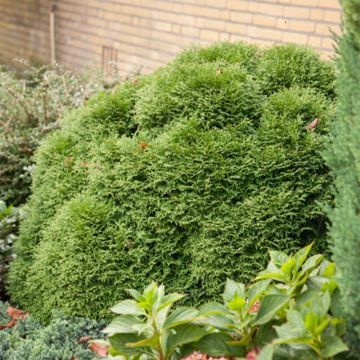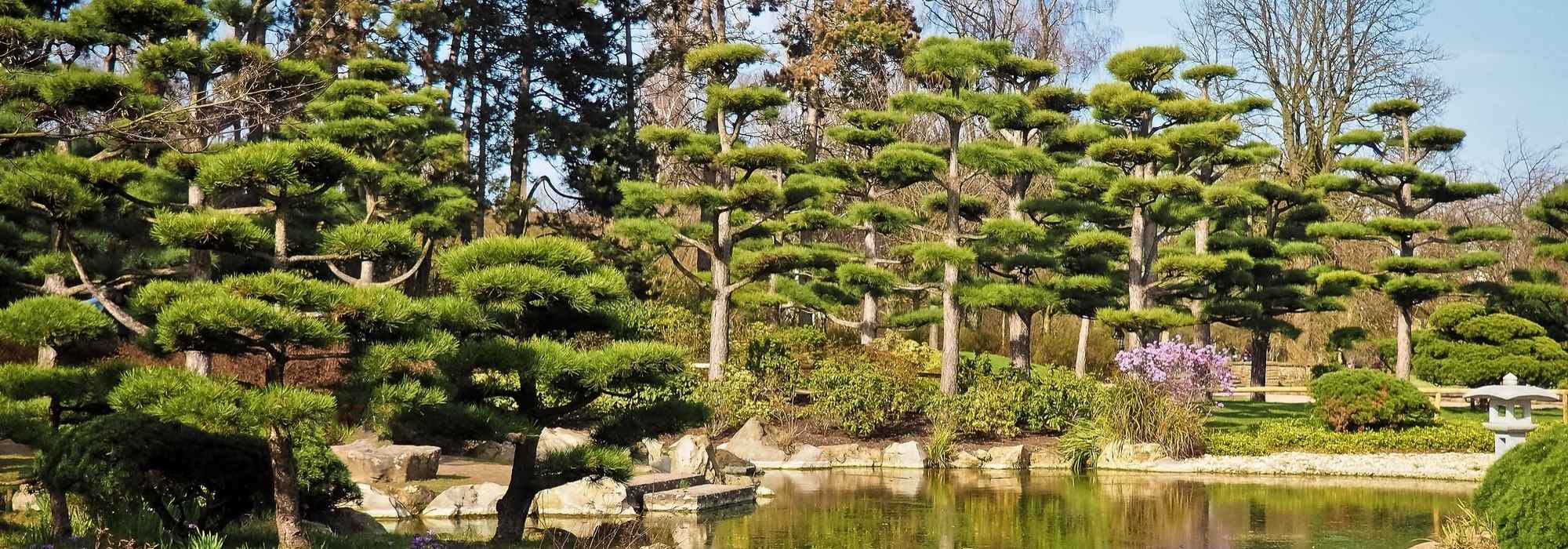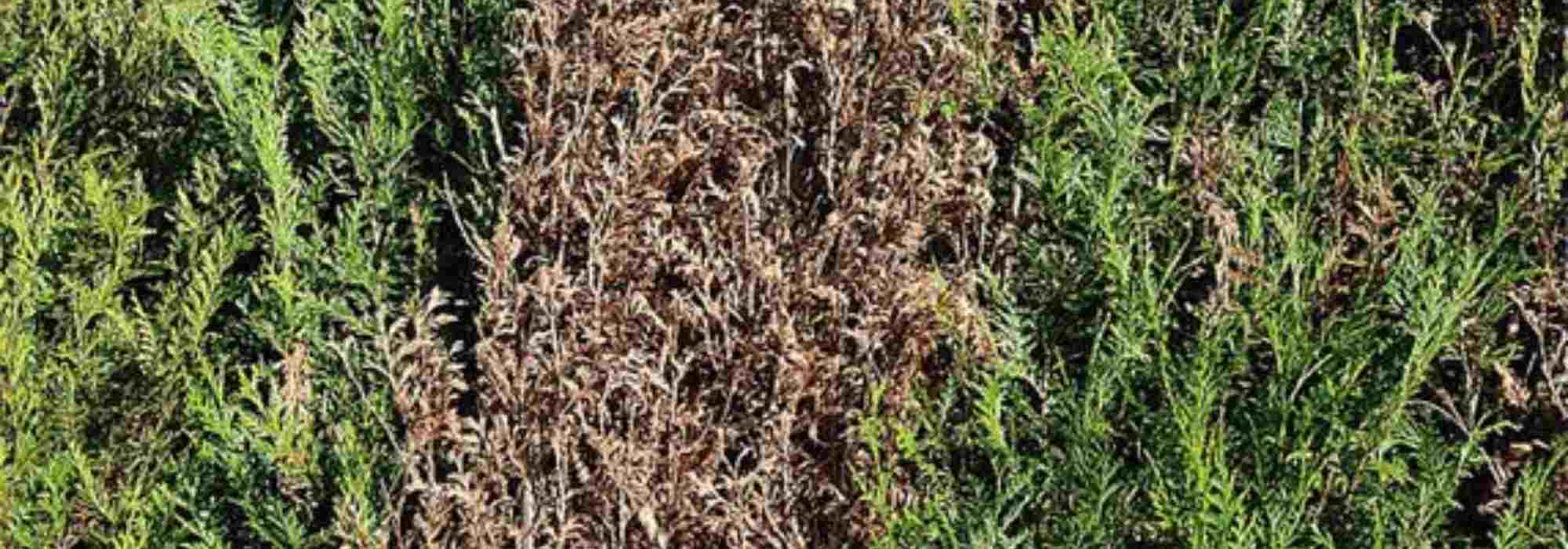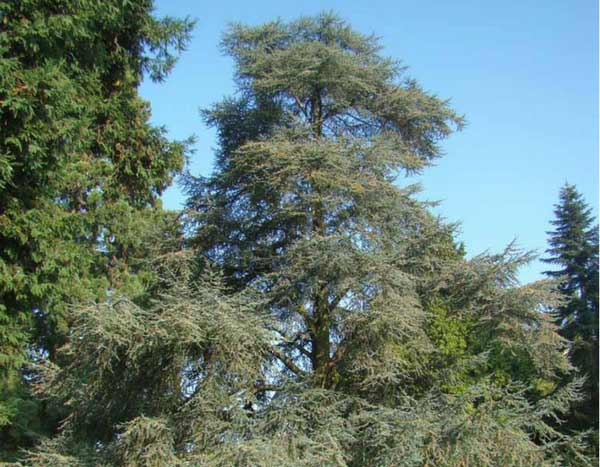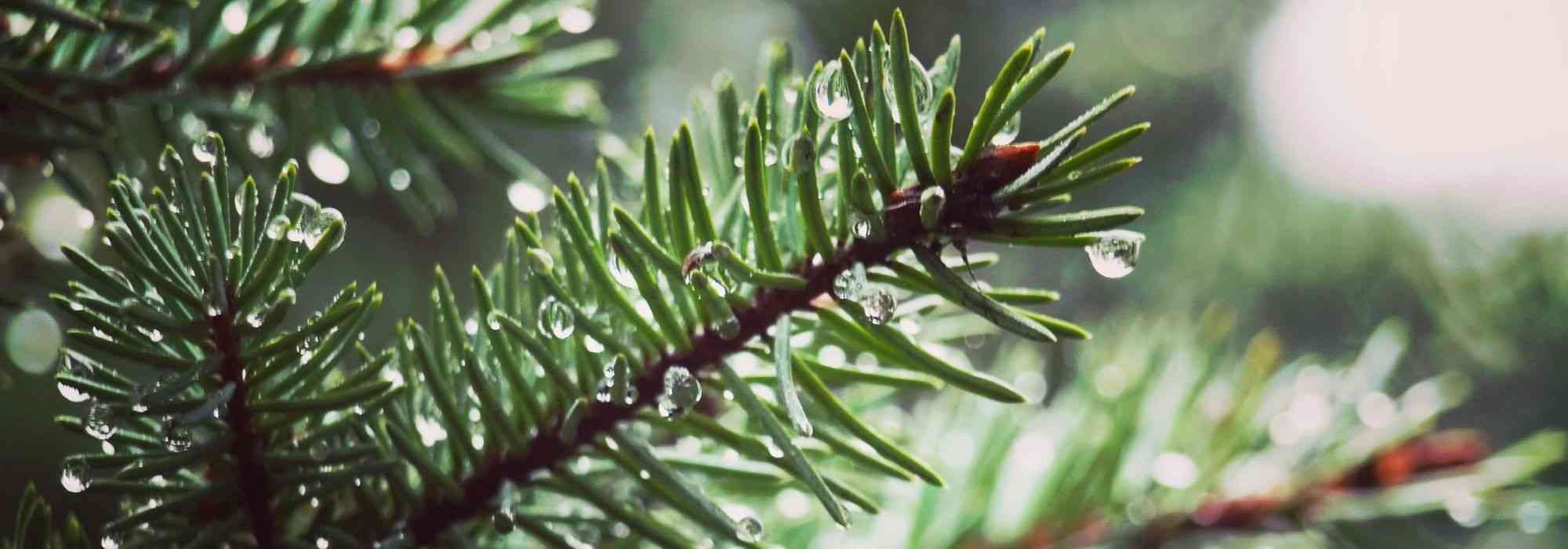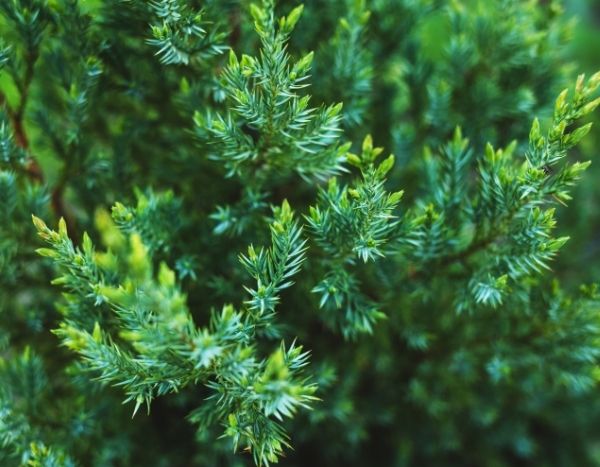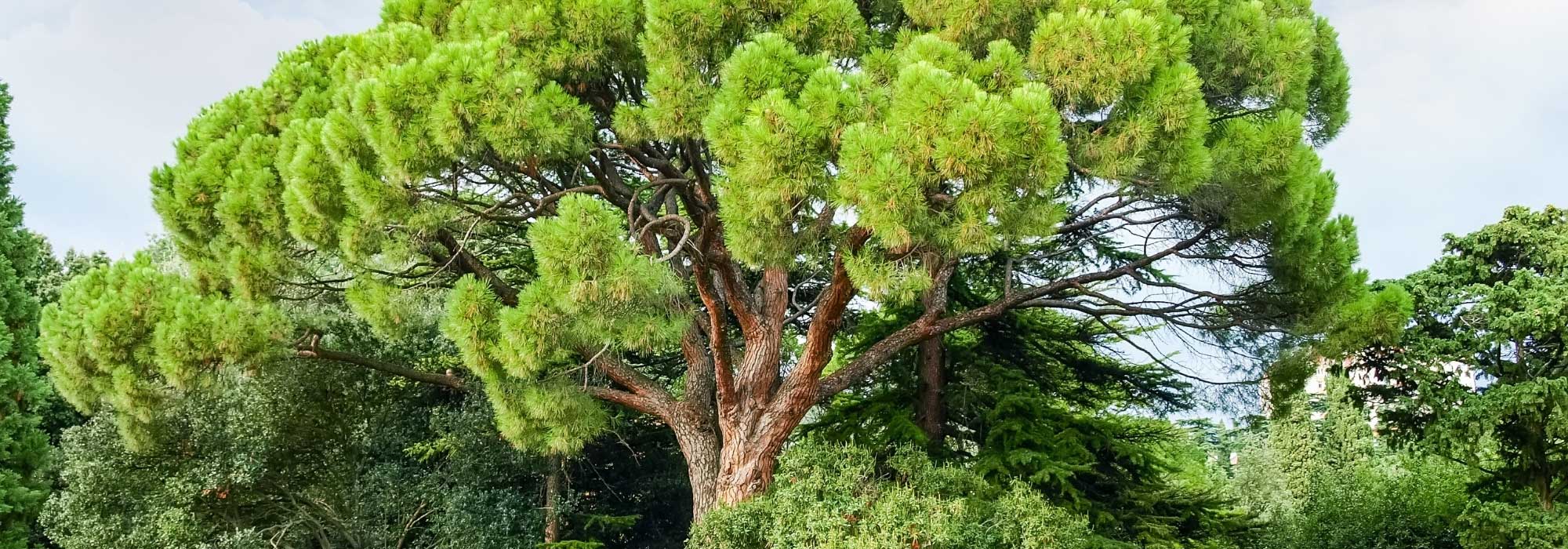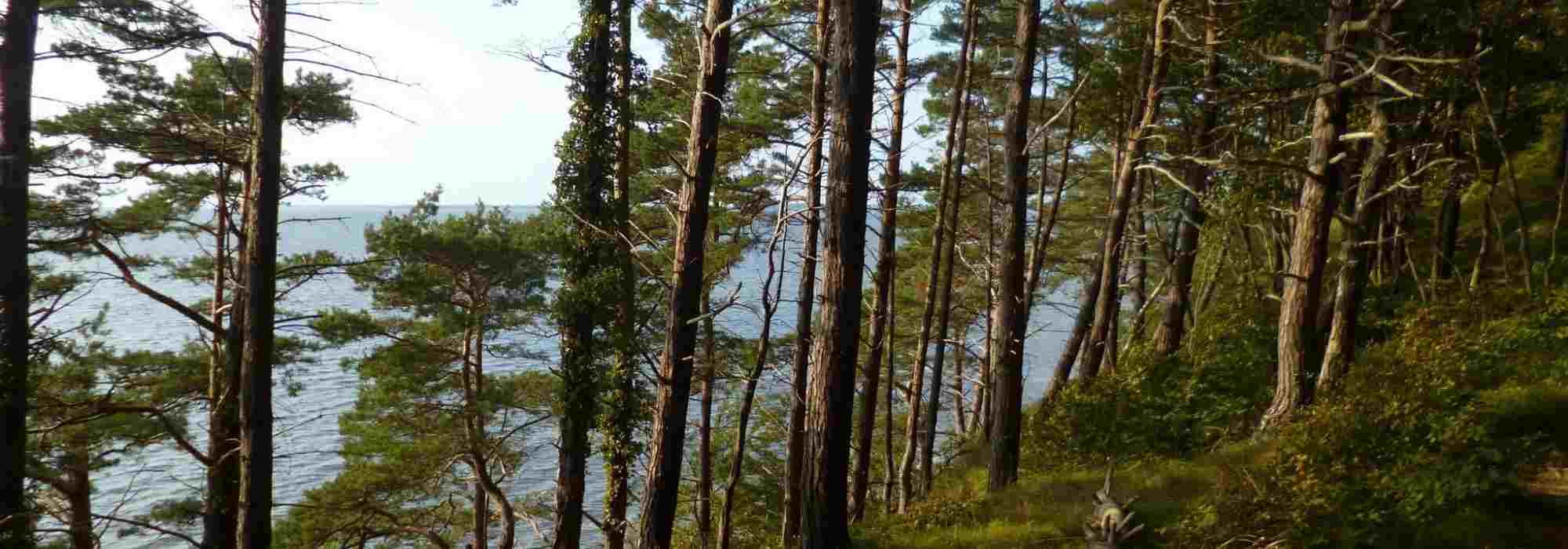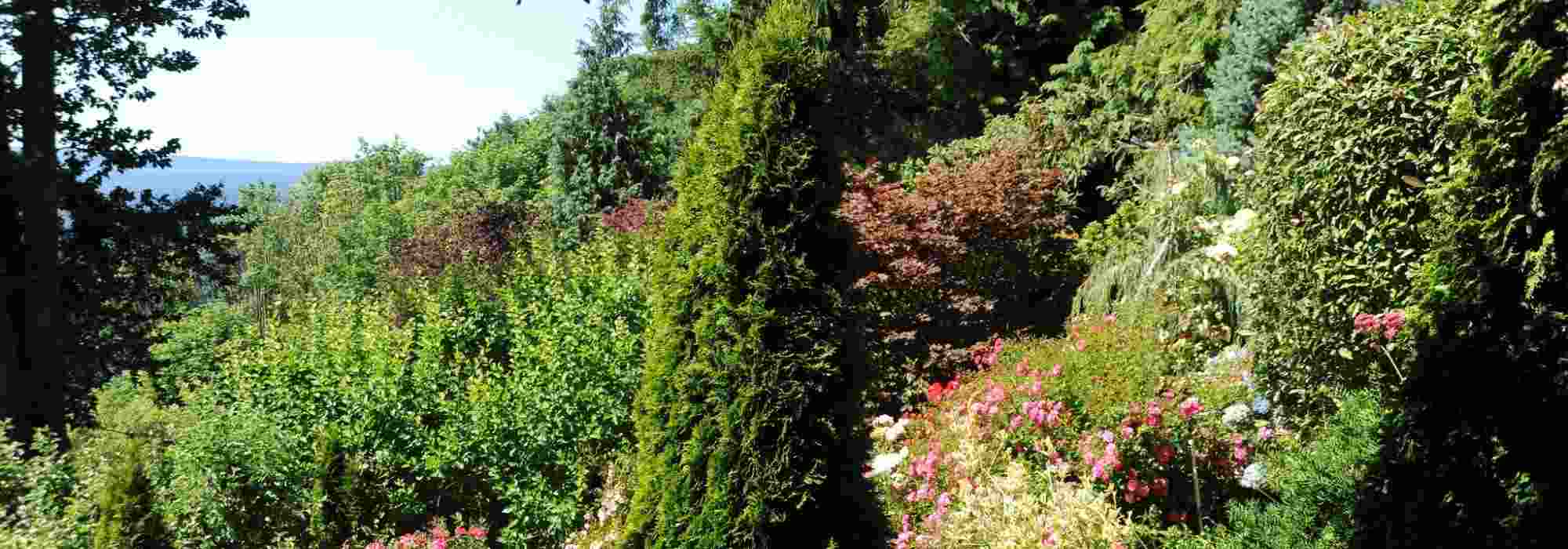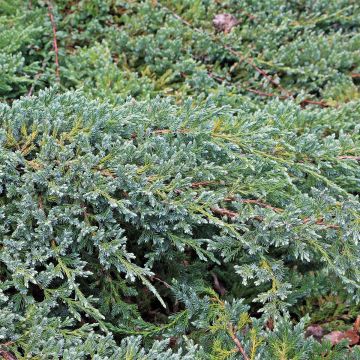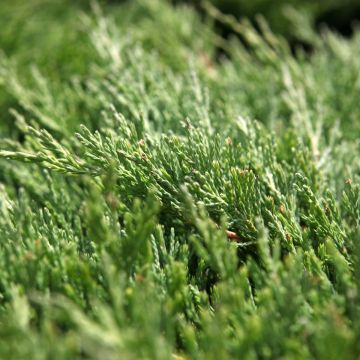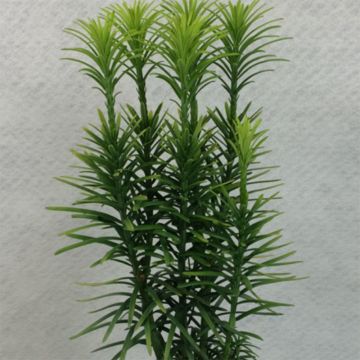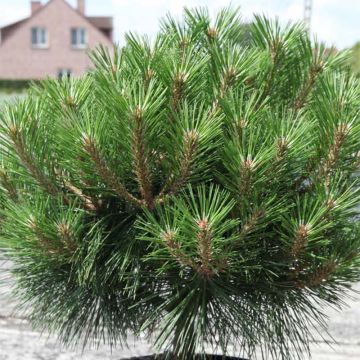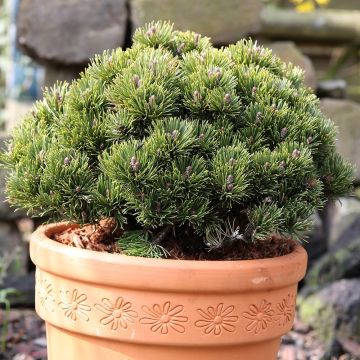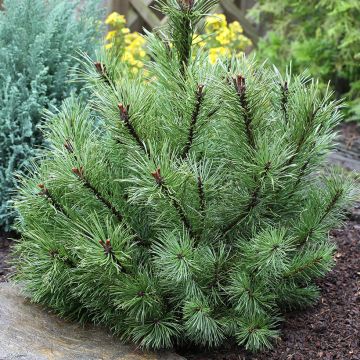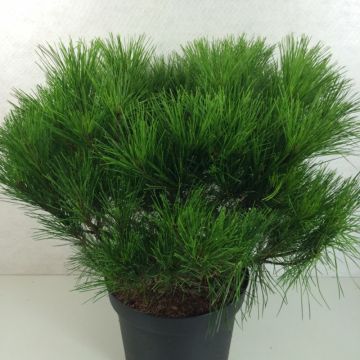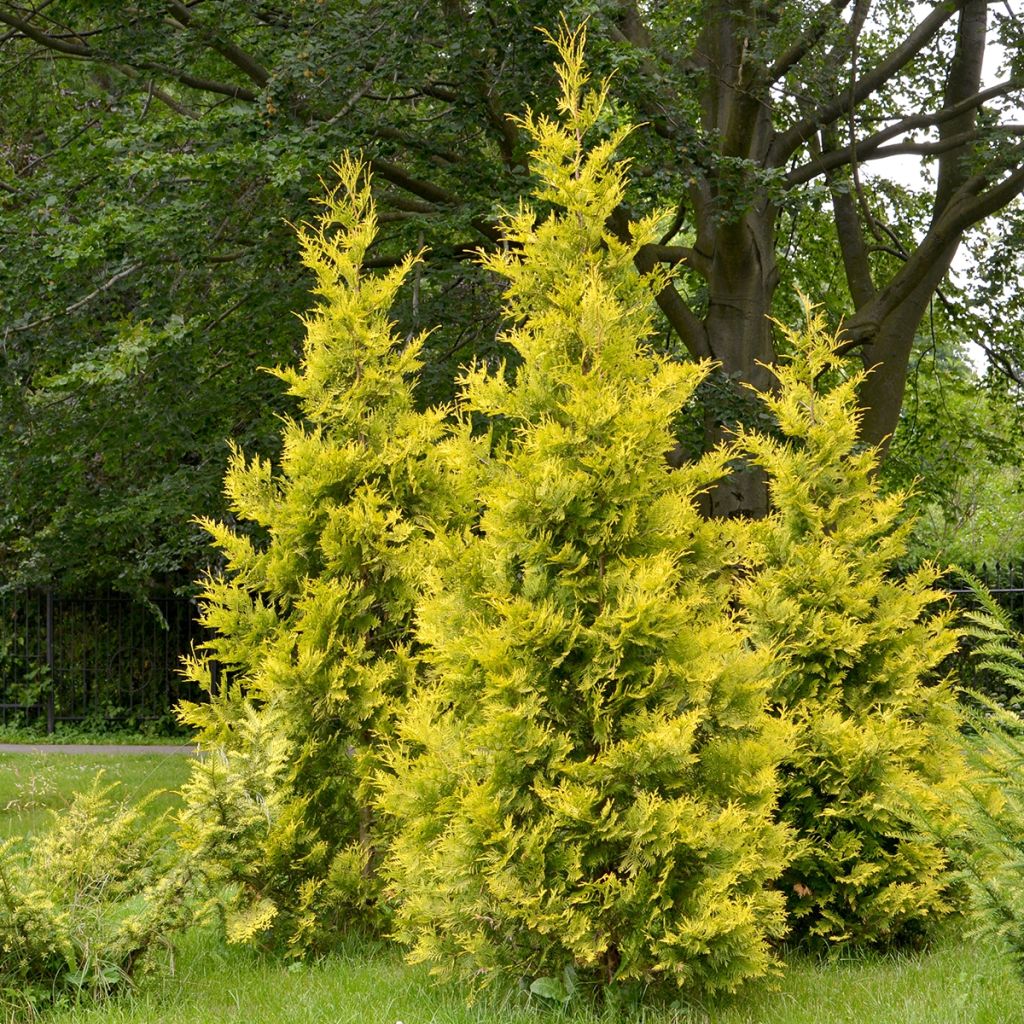

Thuja occidentalis Salland - Canadian Arborvitae
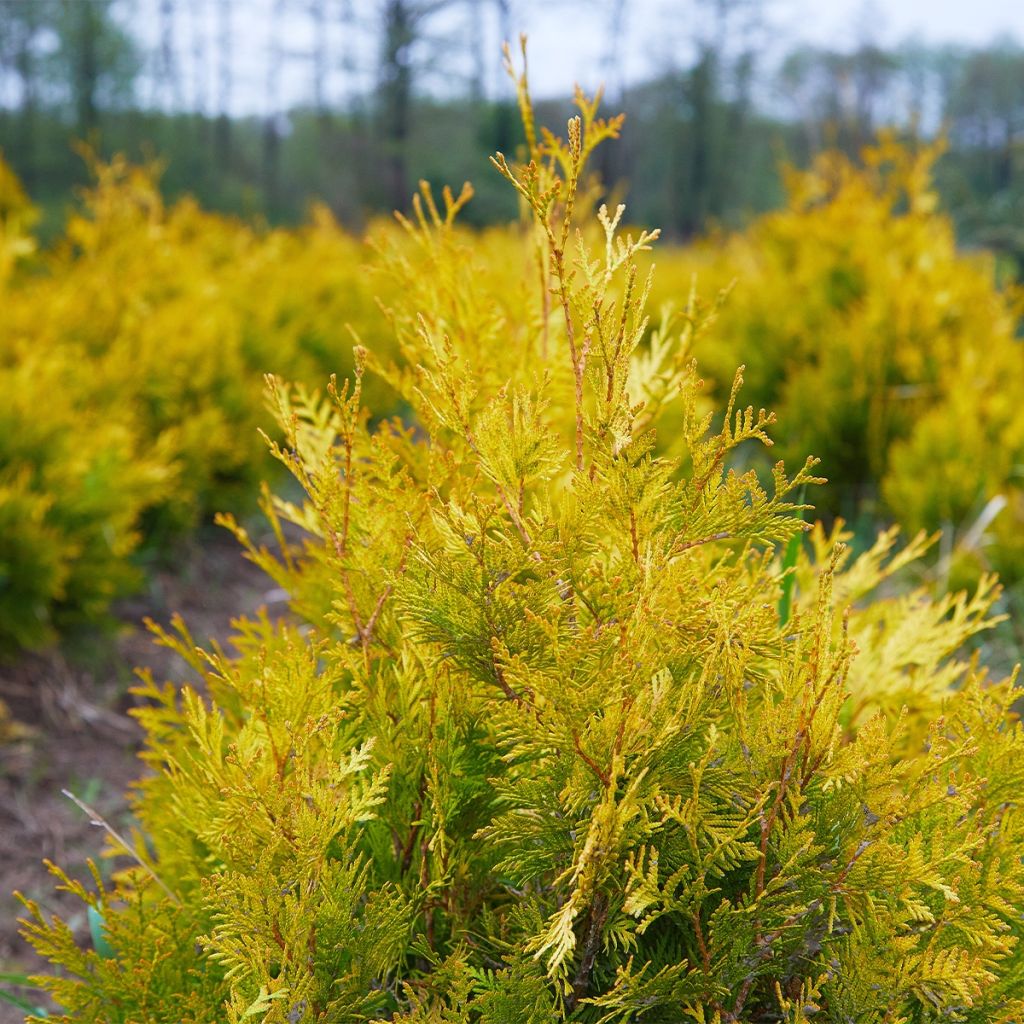

Thuja occidentalis Salland - Canadian Arborvitae
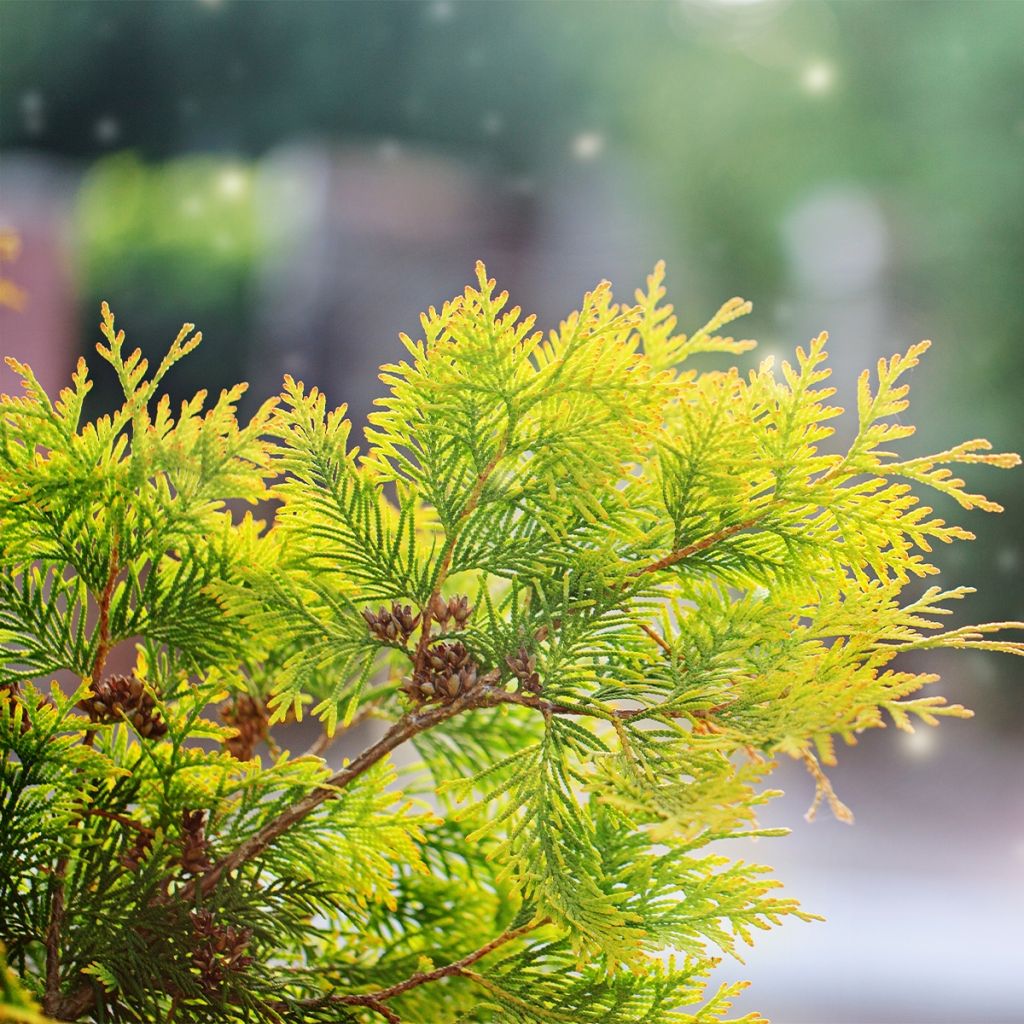

Thuja occidentalis Salland - Canadian Arborvitae
Thuja occidentalis Salland - Canadian Arborvitae
Thuja occidentalis Salland
Eastern White Cedar, Northern White Cedar, American Arborvitae, Eastern Arborvitae
Special offer!
Receive a €20 voucher for any order over €90 (excluding delivery costs, credit notes, and plastic-free options)!
1- Add your favorite plants to your cart.
2- Once you have reached €90, confirm your order (you can even choose the delivery date!).
3- As soon as your order is shipped, you will receive an email containing your voucher code, valid for 3 months (90 days).
Your voucher is unique and can only be used once, for any order with a minimum value of €20, excluding delivery costs.
Can be combined with other current offers, non-divisible and non-refundable.
Why not try an alternative variety in stock?
View all →This plant carries a 24 months recovery warranty
More information
We guarantee the quality of our plants for a full growing cycle, and will replace at our expense any plant that fails to recover under normal climatic and planting conditions.
Does this plant fit my garden?
Set up your Plantfit profile →
Description
The Thuja occidentalis 'Salland' is a small coniferous bush with a regular cone shape that charms with its bright yellow foliage in spring, turning to lovely lemon green shades later in the season. Its growth is limited, perfectly suited for creating beautiful hedges that require minimal pruning. It is also very interesting when planted as a standalone in a small garden, or in combination with other plants in a mixed border. It is a very hardy conifer, not demanding on soil conditions, and easy to grow in well-drained but not too dry soil, in a sunny or partially shaded location.
The Thuja occidentalis, also known as the Eastern White Cedar or Northern White Cedar, is sometimes referred to as Eastern Arborvitae or Tree of Life. It is an evergreen conifer from the Cupressaceae family, which includes many other ornamental genera such as Cupressus, Chamaecyparis, Libocedrus, and also Thujopsis and all Juniperus (Junipers). Native to northeastern North America, this Thuja is distributed over a wide geographical range that perfectly reflects the adaptability of its natural conditions. In the wild, it reaches a height of 15 to 20 m (49 to 66ft), with a beautiful conical habit and a trunk covered with very decorative bark. It is a very hardy species, well adapted to temperate climates and poor, moist, or occasionally dry soils. Its almost rot-resistant, light, fragrant, and easily flammable wood is used for various purposes. It has given rise to over 300 cultivars.
The 'Salland' variety is a Polish selection, and hardy due to its origin (-23 °C approximately). Its bright yellow young foliage brings brightness to areas with occasionally cloudy weather. As it progresses through the season, it takes on greener tones while retaining decorative yellow accents in the garden. Its habit is distinctly columnar, making it a beautiful specimen for standalone plantings in small gardens. As it does not grow very tall (2.50 to 3 m (8 to 10ft) maximum), it is also an excellent hedge plant for those who do not wish to be enslaved by their hedge trimmer or shears!
This conifer reveals an aromatic foliage when crushed, composed of flattened twigs arranged in planes and covered with scale-like leaves 3 to 5 mm long. Overlapping with each other, the leaves give the twigs a flat appearance. Easy to grow, like its relatives, this Thuja thrives in most soils, from acidic to reasonably calcareous, preferably slightly moist and well-drained. It appreciates full sun, especially in northern climates, but also grows in partial shade.
The 'Salland' western thuja will find its place in a small garden or in a large rockery, grouped in a small open screen or planted in groups of three near an entrance. It pairs well with more unruly shrubs - such as Spiraea thunbergii, with its tousled habit - large stones, the geometric lines of swimming pools or buildings, and masonry works. It can be combined with complementary grasses, such as Pennisetum alopecuroides Gelbstiel with its tall plumes, or with dwarf conifers of different colors or prostrate habit (Juniperus horizontalis Icee Blue), or globular, like the charming Picea sitchensis Silberzwerg with its gray-blue foliage that contrasts well with that of our 'Salland' Thuja.
Thuja occidentalis Salland - Canadian Arborvitae in pictures
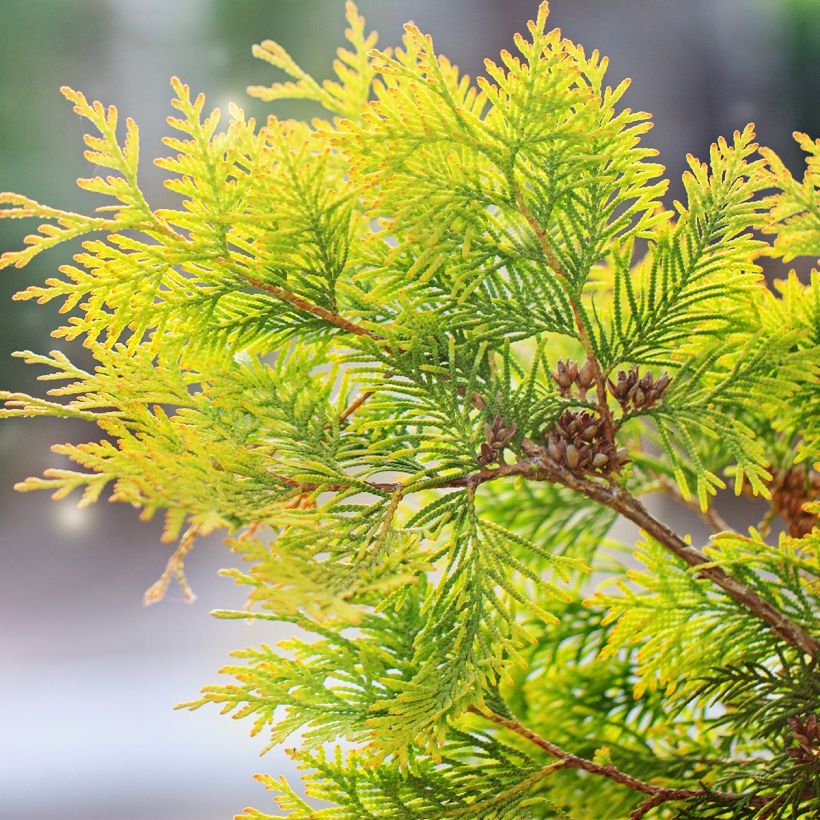

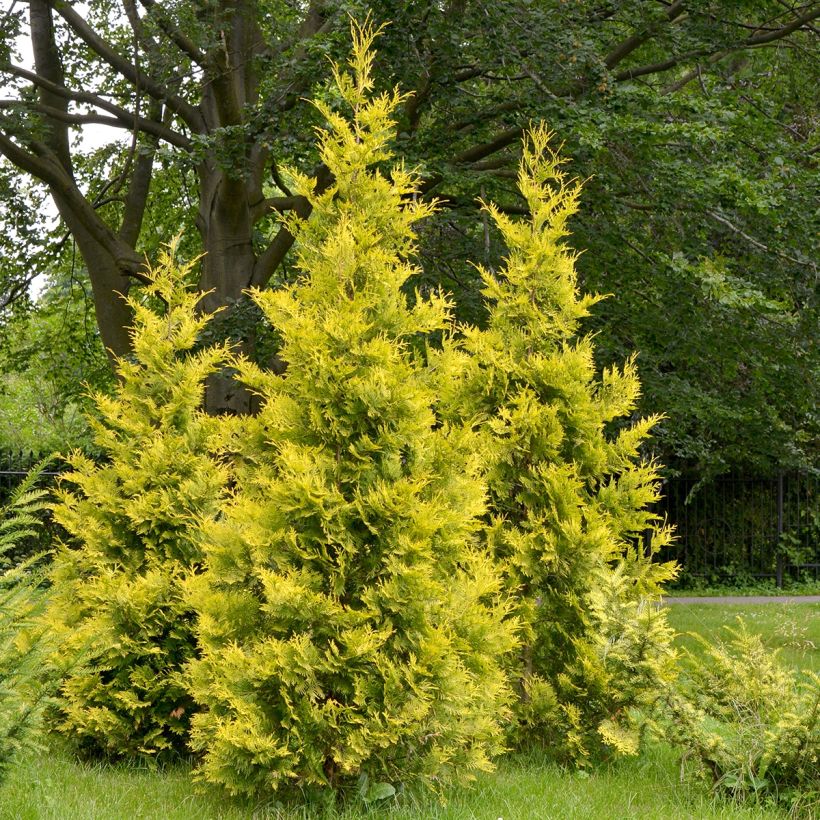

Plant habit
Foliage
Botanical data
Thuja
occidentalis
Salland
Cupressaceae
Eastern White Cedar, Northern White Cedar, American Arborvitae, Eastern Arborvitae
Cultivar or hybrid
Other Thuya - Thuja
View all →Planting and care
The Thuja occidentalis 'Salland' should be planted from September to November and from February to April in deep, ordinary, but loose and not too heavy, acidic, neutral or even slightly calcareous soil, while retaining some moisture. It only fears extreme temperatures and prolonged drought. However, it requires a sunny exposure to develop well and reveal the full range of colors of its foliage. Soak the root ball well before planting. Optionally, add organic amendment at planting and water generously in the first few years, and in case of prolonged drought. In very poor soil, you can apply a special conifer fertilizer every year in April and weed the soil in summer. This hardy conifer (down to at least -25°C (1°F)) does not require pruning, but it is tolerated, only on young shoots. Indeed, old wood never resprouts.
Planting period
Intended location
Care
Planting & care advice
This item has not been reviewed yet - be the first to leave a review about it.
Similar products
Haven't found what you were looking for?
Hardiness is the lowest winter temperature a plant can endure without suffering serious damage or even dying. However, hardiness is affected by location (a sheltered area, such as a patio), protection (winter cover) and soil type (hardiness is improved by well-drained soil).

Photo Sharing Terms & Conditions
In order to encourage gardeners to interact and share their experiences, Promesse de fleurs offers various media enabling content to be uploaded onto its Site - in particular via the ‘Photo sharing’ module.
The User agrees to refrain from:
- Posting any content that is illegal, prejudicial, insulting, racist, inciteful to hatred, revisionist, contrary to public decency, that infringes on privacy or on the privacy rights of third parties, in particular the publicity rights of persons and goods, intellectual property rights, or the right to privacy.
- Submitting content on behalf of a third party;
- Impersonate the identity of a third party and/or publish any personal information about a third party;
In general, the User undertakes to refrain from any unethical behaviour.
All Content (in particular text, comments, files, images, photos, videos, creative works, etc.), which may be subject to property or intellectual property rights, image or other private rights, shall remain the property of the User, subject to the limited rights granted by the terms of the licence granted by Promesse de fleurs as stated below. Users are at liberty to publish or not to publish such Content on the Site, notably via the ‘Photo Sharing’ facility, and accept that this Content shall be made public and freely accessible, notably on the Internet.
Users further acknowledge, undertake to have ,and guarantee that they hold all necessary rights and permissions to publish such material on the Site, in particular with regard to the legislation in force pertaining to any privacy, property, intellectual property, image, or contractual rights, or rights of any other nature. By publishing such Content on the Site, Users acknowledge accepting full liability as publishers of the Content within the meaning of the law, and grant Promesse de fleurs, free of charge, an inclusive, worldwide licence for the said Content for the entire duration of its publication, including all reproduction, representation, up/downloading, displaying, performing, transmission, and storage rights.
Users also grant permission for their name to be linked to the Content and accept that this link may not always be made available.
By engaging in posting material, Users consent to their Content becoming automatically accessible on the Internet, in particular on other sites and/or blogs and/or web pages of the Promesse de fleurs site, including in particular social pages and the Promesse de fleurs catalogue.
Users may secure the removal of entrusted content free of charge by issuing a simple request via our contact form.
The flowering period indicated on our website applies to countries and regions located in USDA zone 8 (France, the United Kingdom, Ireland, the Netherlands, etc.)
It will vary according to where you live:
- In zones 9 to 10 (Italy, Spain, Greece, etc.), flowering will occur about 2 to 4 weeks earlier.
- In zones 6 to 7 (Germany, Poland, Slovenia, and lower mountainous regions), flowering will be delayed by 2 to 3 weeks.
- In zone 5 (Central Europe, Scandinavia), blooming will be delayed by 3 to 5 weeks.
In temperate climates, pruning of spring-flowering shrubs (forsythia, spireas, etc.) should be done just after flowering.
Pruning of summer-flowering shrubs (Indian Lilac, Perovskia, etc.) can be done in winter or spring.
In cold regions as well as with frost-sensitive plants, avoid pruning too early when severe frosts may still occur.
The planting period indicated on our website applies to countries and regions located in USDA zone 8 (France, United Kingdom, Ireland, Netherlands).
It will vary according to where you live:
- In Mediterranean zones (Marseille, Madrid, Milan, etc.), autumn and winter are the best planting periods.
- In continental zones (Strasbourg, Munich, Vienna, etc.), delay planting by 2 to 3 weeks in spring and bring it forward by 2 to 4 weeks in autumn.
- In mountainous regions (the Alps, Pyrenees, Carpathians, etc.), it is best to plant in late spring (May-June) or late summer (August-September).
The harvesting period indicated on our website applies to countries and regions in USDA zone 8 (France, England, Ireland, the Netherlands).
In colder areas (Scandinavia, Poland, Austria...) fruit and vegetable harvests are likely to be delayed by 3-4 weeks.
In warmer areas (Italy, Spain, Greece, etc.), harvesting will probably take place earlier, depending on weather conditions.
The sowing periods indicated on our website apply to countries and regions within USDA Zone 8 (France, UK, Ireland, Netherlands).
In colder areas (Scandinavia, Poland, Austria...), delay any outdoor sowing by 3-4 weeks, or sow under glass.
In warmer climes (Italy, Spain, Greece, etc.), bring outdoor sowing forward by a few weeks.






























